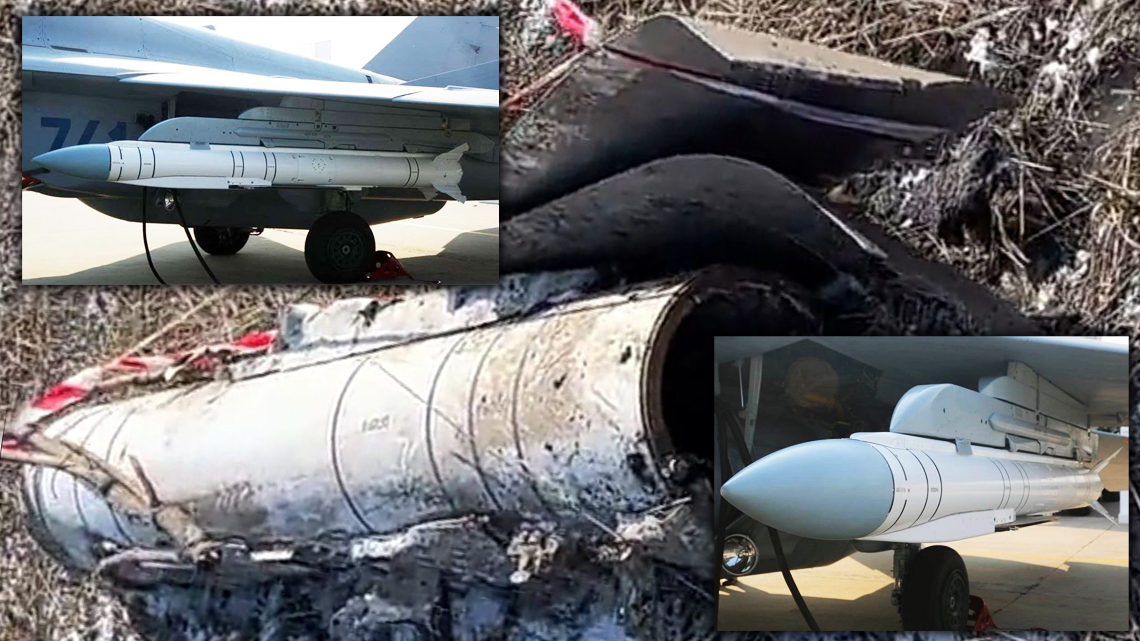Wreckage found in Ukraine marks the first confirmed use of a Grom missile since Russia’s all-out invasion of the country began a year ago.
In one clip circulating on social media, an individual filming walks over to the site of the Grom’s wreckage. While it is unclear exactly how long it’s been there, a sizable portion of the missile’s body can be clearly seen along with what appear to be pop-out wings designed to allow the weapon to glide to its intended target.
Grom is a Russian air-to-surface weapon with a pair of pop-out wings that give it an extended stand-off capability, and it comes in powered and unpowered forms. Even though the Grom in the footage and images is in pieces, some believe that the markings visible and the general dimensions of the remnants line up with what is known about a specific powered export variant of the weapon known as Grom-E1.
In his 2015 book titled Russia’s Air-Launched Weapons: Russian-Made Aircraft Ordnance Today, Russian military aviation expert and The War Zone contributor Piotr Butowski explained that the Grom family of weapons are produced by the country’s Tactical Missiles Corporation (KTRV). The weapon’s overall design is known to be derived from the Kh-38M air-to-surface missile also designed by KTRV.
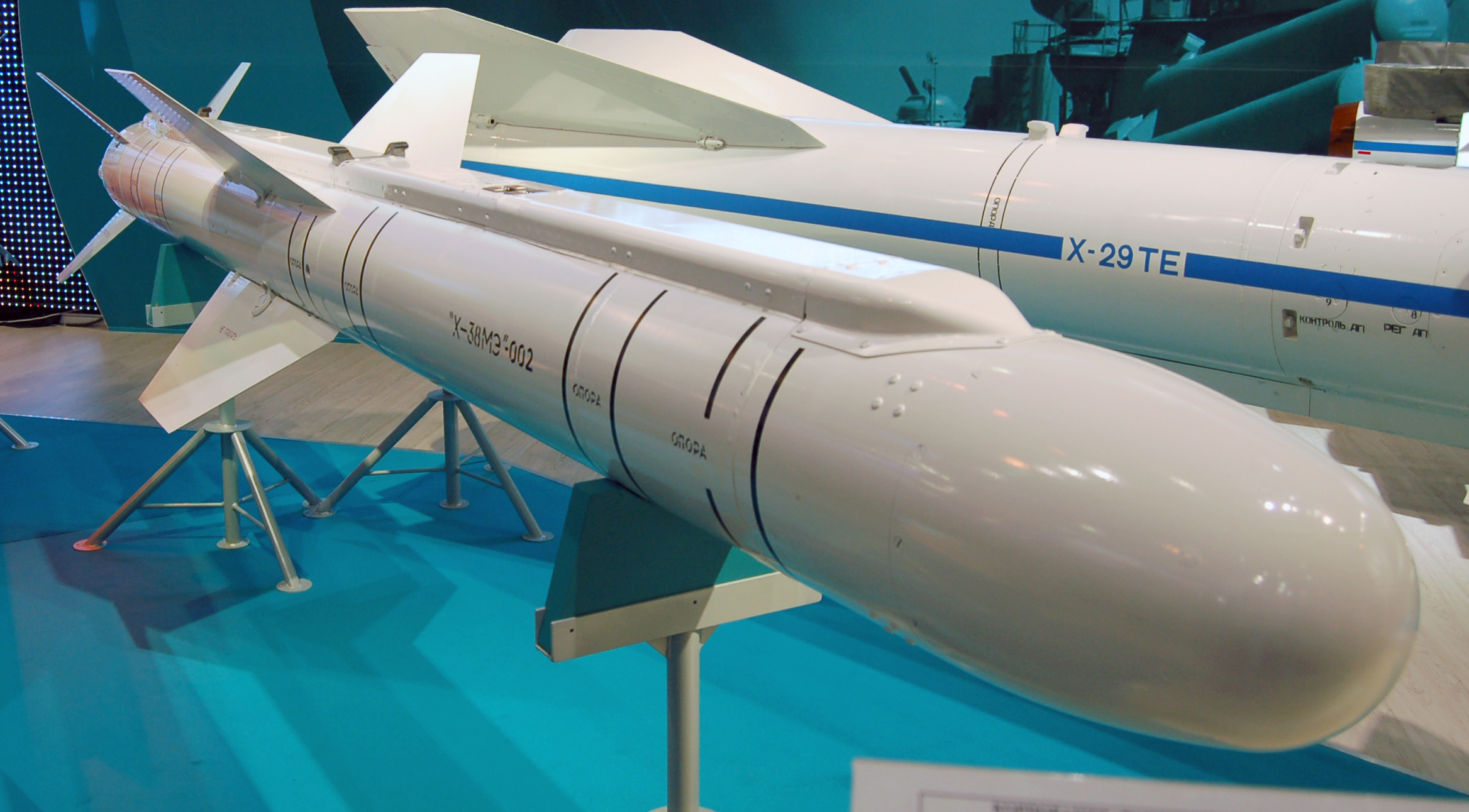
Kh-38M features four wings fixed to the missile’s fuselage and tail fins at the rear. Butowski in his book quotes the head of KTRV, Boris Obnosov, who explained that “using the Kh-38’s airframe, [the company] added the [pop-out] wings and partially changed the design” to produce the weapon now known as Grom.
Butowski then describes Grom as having a module that contains “long, folding wings attached under the body, and an extendable empennage.” In other words, Grom is an extended-range adaptation of the powered Kh-38M missile that has been designed with a module that gives the weapon a folding wing to allow it to travel farther distances.
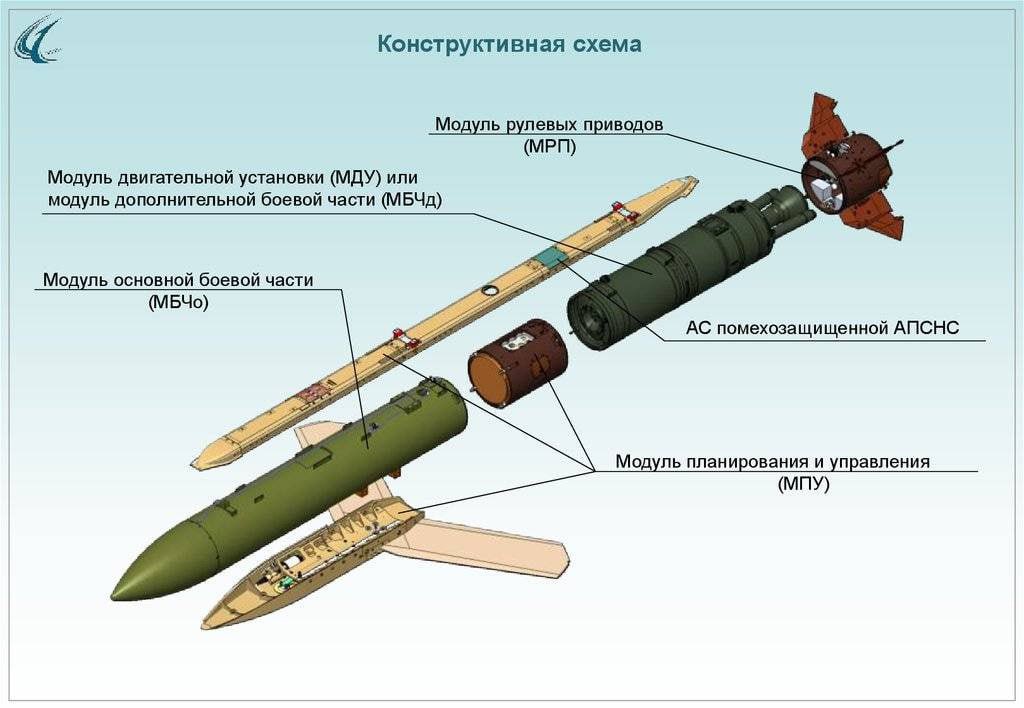
The Grom’s exact performance and technical specifications are difficult to come by, as well as when it may have entered service, which is broadly believed to have been sometime in the 2010s. Variants of the missile do exist; published details in this respect can be used to get a better idea of how the family of weapons operates. But it’s important to note that these are ‘brochure figures’ and it is unclear how accurately they represent real-world performance.
Two Grom variants have emerged so far and were unveiled by KRTV during the 2015 MAKS Airshow held at the Zhukovsky International Airport near Moscow. These types are intended for export and are referred to as Grom-E1 and Grom-E2, and according to Janes, the company later finalized testing with these types in 2019.
Grom-E1 is a rocket-powered guided missile that is said to be based on the OFAB-500U bomb body. It weighs about 1,320 pounds with a diameter of around 12.2 inches. It measures approximately 13 feet and 9 inches in length with a wingspan that falls just under 7 feet.
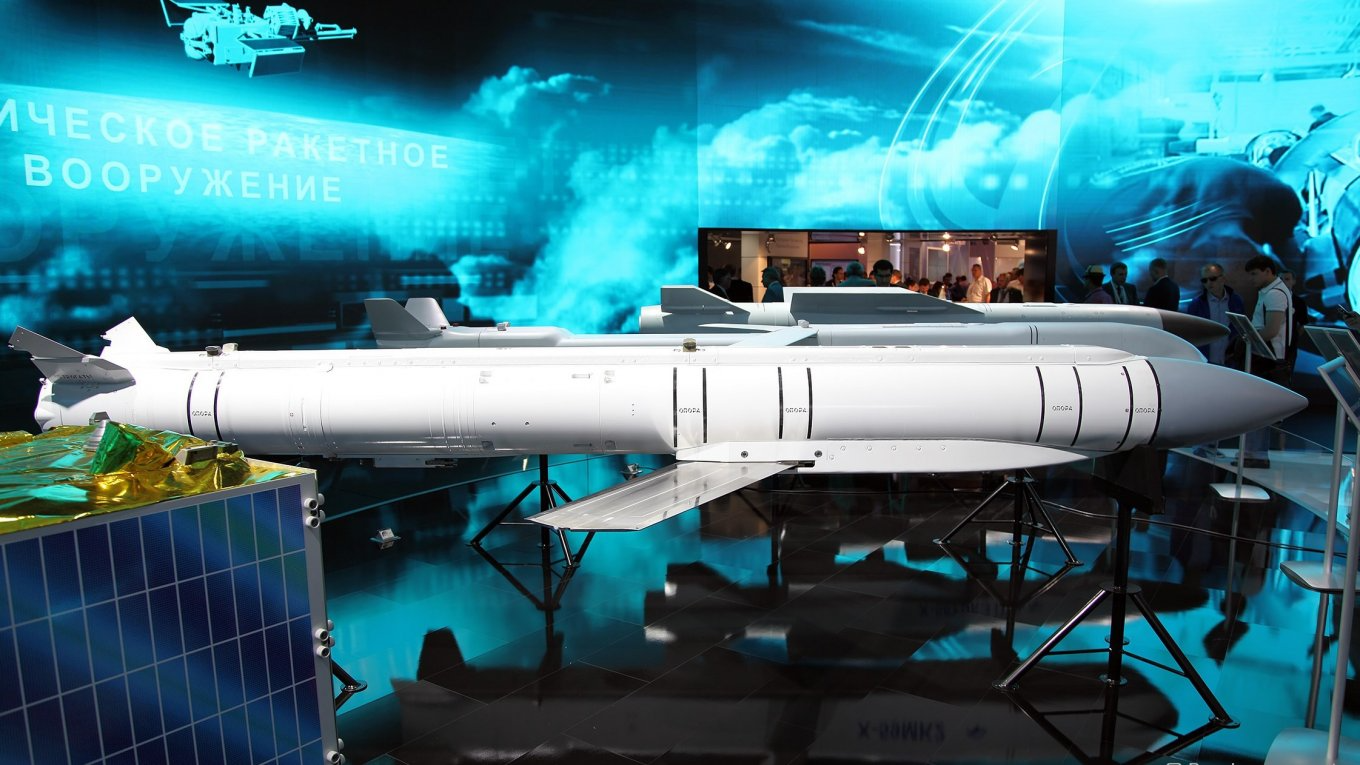
Janes also detailed that Grom-E1 is armed with a high-explosive fragmentation warhead that weighs just under 700 pounds and is paired with an impact fuze. The article added that a 355-pound powerplant comprised of a booster and a sustained motor gives Grom-E1 the thrust it needs to achieve its reported range of 62 miles.
Russian media has in the past claimed that the missile can reach up to 74 miles. Though, the range of Grom weapons overall is largely dependent on the height, speed, and trajectory of the aircraft armed with the weapon before it is dropped.
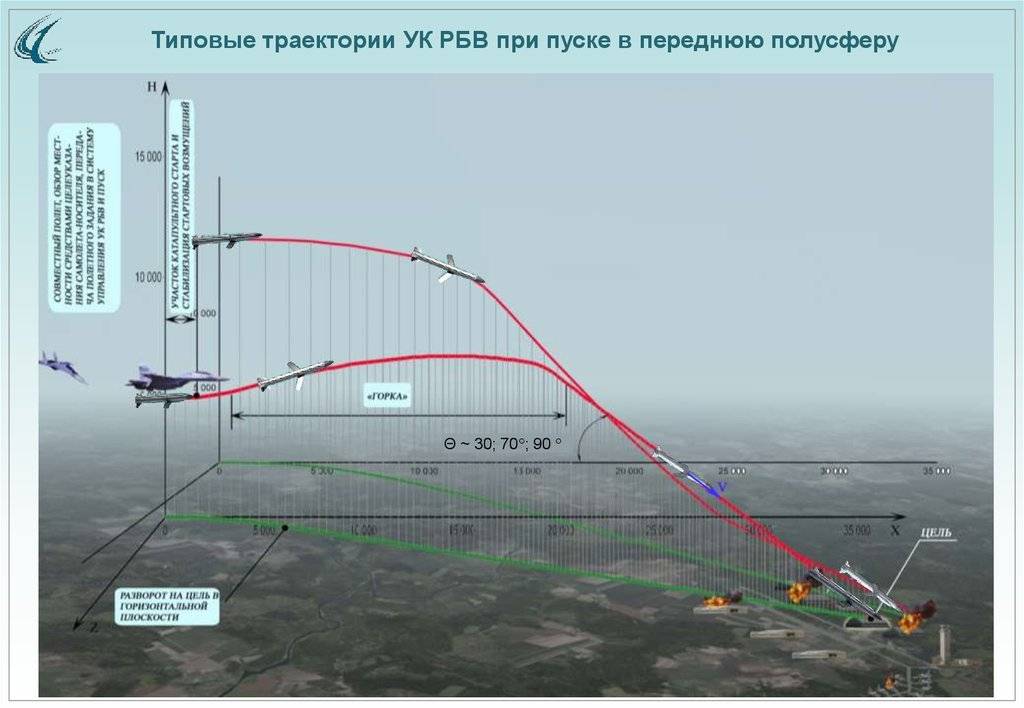
In terms of guidance, Butowski goes on to note that the Grom is “guided by inertial navigation with satellite correction” meaning that a terminal seeker was not included in the design. Satellite/INS guidance essentially means that the weapon can only engage fixed targets. However, because of Grom’s relationship with the Kh-38M, Butowski did note in his book that the weapon could eventually be given an additional seeker with guidance options, “including semi-active laser, imaging infrared or active-radar seekers.”
Grom-E2, with the Russian designation 9-A2-7759, is said to be based on the KAB-500OD bomb body. Janes didn’t offer any details about Grom-E2 aside from it being a guided glide weapon, but Defense Mirror provided some color when the type was unveiled in Moscow in 2015. For instance, rather than the rocket engine that equips the rear of the powered Grom-E1, Grom-E2 instead uses that space for an additional high-explosive warhead. In all, the Grom-E2’s warhead weight comes out to over 990 pounds, but it has a significantly reduced range over its powered counterpart.

The Grom E-1/E-2 weapons are reportedly suitable for internal carriage by Su-57 Felon stealth fighters. These aircraft are rumored to have been used in a standoff role in the Ukraine war. Other Russian aircraft like MiG-29, MiG-35s, Su-34s, and Su-35s have also been said to be capable of launching Grom weapons.
All told, now that there is likely proof that Russia is employing Groms in Ukraine, the emergence could point to a number of possible explanations. One such reason could speak to Russia’s growing ammunition shortage, prompting its forces to pull from stocks of weapons very little of which have been produced or made available in the first place. There have even been suggestions that the Russians may be digging into available stocks of munitions in the country that would otherwise be intended for export.
It could also be that Russia has quietly begun serial production of Grom weapons and has taken the opportunity to debut the capability in Ukraine, as it has done in the past with other missiles like the Izdelie 305 LMUR. However, considering the ongoing war and the many restrictive sanctions that have been imposed upon Russia since it began, it is unclear if the country even has the capacity to establish mass production of the Grom family of weapons at this time.
No matter how the Grom ended up where it did, a weapon like this when employed successfully could be valuable for Russian forces, which have not been able to achieve air superiority and still face threats from Ukrainian air defenses. Like the Joint Direct Attack Munition (JDAM)-Extended Range weapons that Ukraine received from the U.S., the kind of utility that these stand-off options provide offers a precision-guided fire-and-forget capability that can be used to strike static targets from a notable distance.
It is also worth highlighting that, along with the Grom wreckage, what appear to be remnants of a separate but unnamed Russian bomb with a wing kit attached to extend its range were recently discovered near the city of Donetsk in Ukraine. This appears to be the first known use of the mysterious but crude wing kit designed for Russian dumb bombs that we profiled earlier.
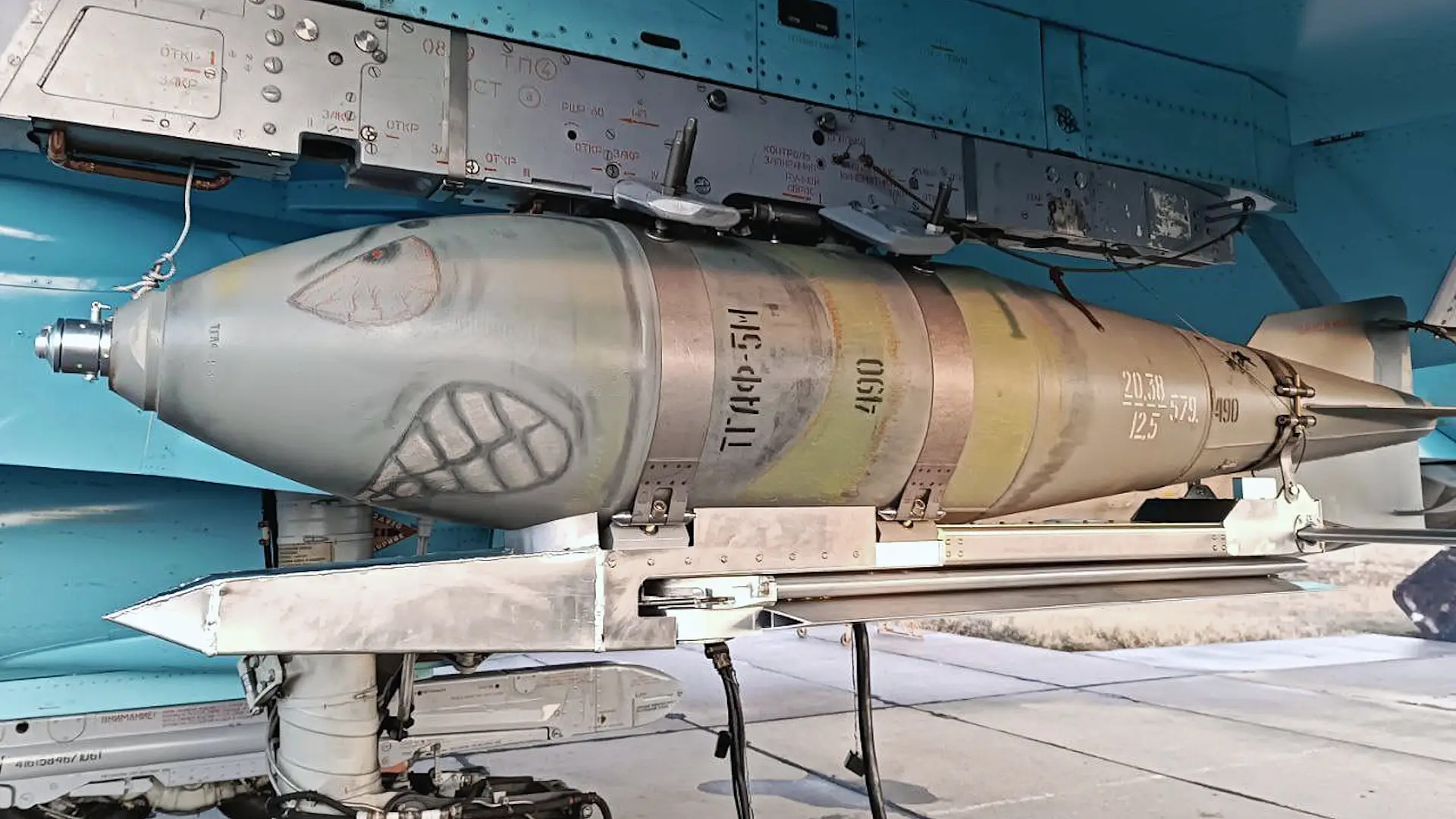
It will be interesting to see if these weapons begin showing up in larger numbers. And while it’s too soon to make any distinct conclusions about their use, they do underline the fact that Ukraine’s ever-improving air defenses are making Russian tactical airpower rely heavily on standoff weapons, of which Russia is not known to have massive stockpiles.
Contact the author: emma@thewarzone.com
